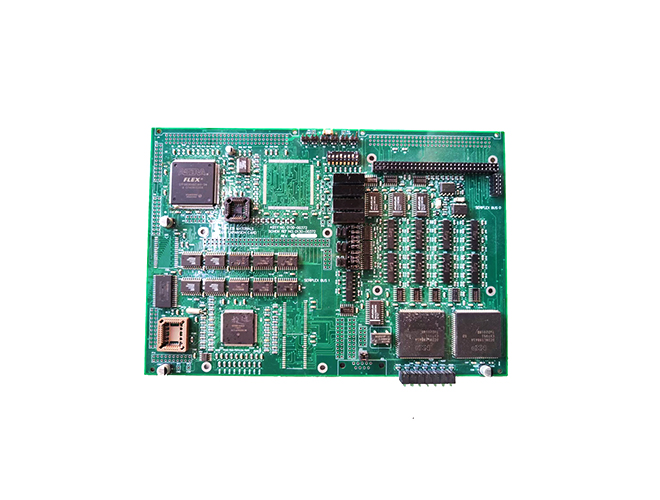-
CN
-
Service Hotline
+8618129931046 Mr. Liao


Time:2025-04-26 Views:1

Ultra-thin PCBs are increasingly in demand due to the miniaturization trend in electronic devices. Customizing these boards requires advanced manufacturing technologies and careful design considerations.
One of the key technologies is the use of thin dielectric materials. Traditional PCB materials, such as FR-4, can be made thinner, but new materials like polyimide and liquid crystal polymers (LCP) are also popular choices for ultra-thin PCBs. These materials offer excellent electrical and mechanical properties, allowing for the fabrication of boards with thicknesses as low as 0.1 mm or even less. The use of these materials requires precise lamination processes to ensure uniform thickness and good adhesion between layers.
High-precision drilling and milling are also crucial for ultra-thin PCB customization. Since the boards are very thin, the risk of damage during drilling and milling is higher. Laser drilling technology is often employed, as it can create small and precise holes with minimal heat impact on the board. For routing the traces, high-speed milling machines with fine-end mills are used to achieve accurate and smooth traces.
In terms of design, the layout of components on ultra-thin PCBs needs to be carefully planned to avoid excessive stress on the board. Components should be placed in a way that distributes the weight evenly, preventing warping or cracking of the thin substrate. Additionally, the design of vias needs special attention. Blind and buried vias are commonly used in ultra-thin PCBs to save space and reduce the overall thickness. These vias are formed by selectively plating through holes that do not penetrate the entire board, allowing for more layers to be stacked in a limited thickness.
Another important aspect is the soldering process. Ultra-thin PCBs are more sensitive to heat during soldering, so low-temperature soldering techniques, such as using lead-free solders with lower melting points, are preferred. Reflow soldering with precise temperature control is essential to ensure reliable solder joints without damaging the thin board.